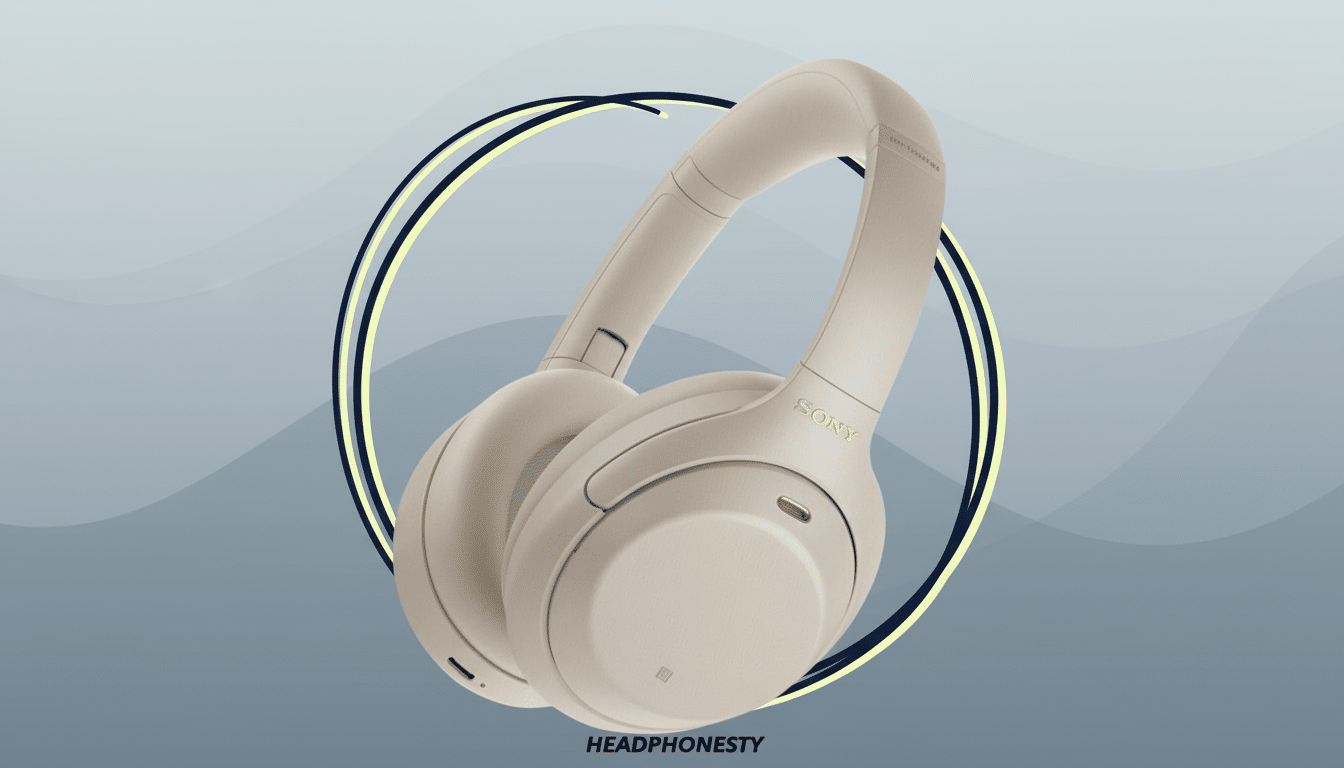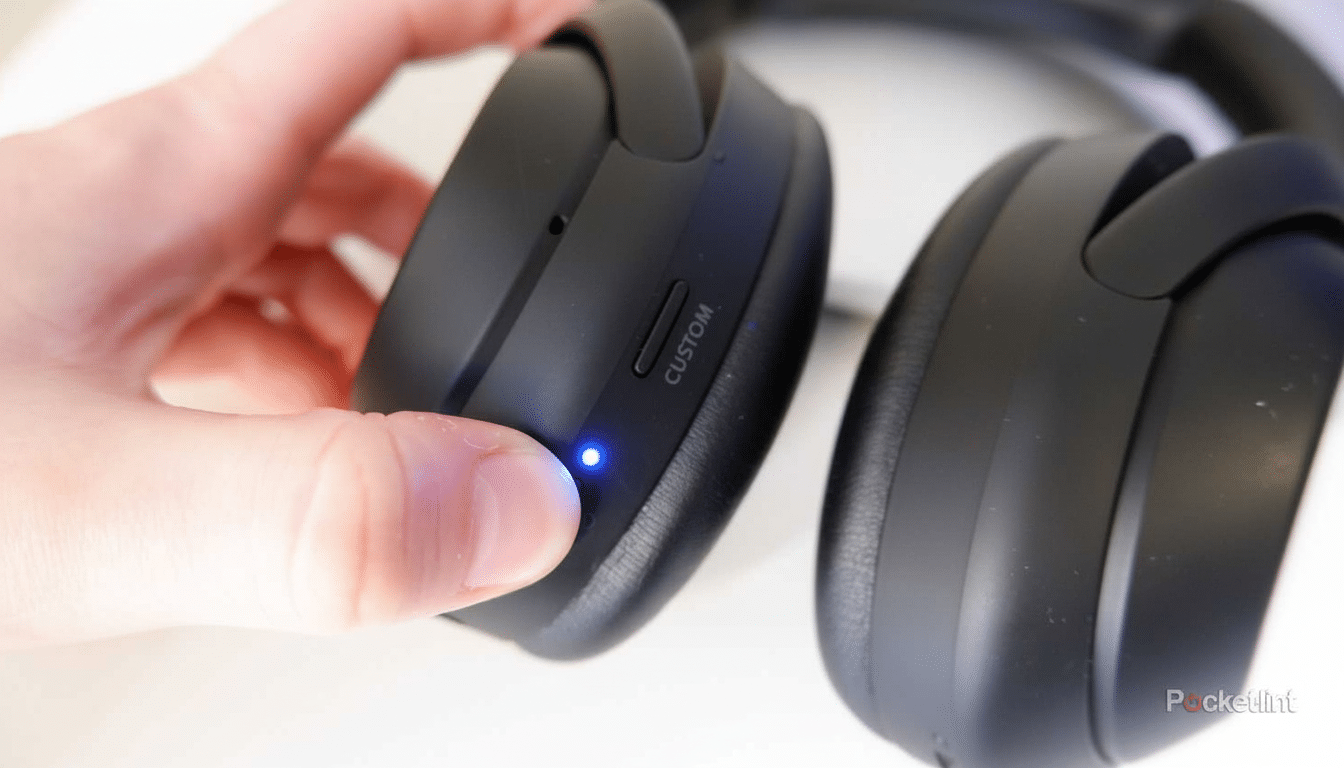Sony’s WH-1000XM4 hit the market in 2020 as a benchmark for the category of noise-canceling headphones. Five years and two successors later, their street price frequently hovers right around the $200 mark — just as new flagships from the likes of Sony, Bose, Apple, and Bowers & Wilkins tend to rest somewhere in the $349 to $799 range. It’s a gap that raises a simple question: Are the XM4 still worth buying in 2025?
Short answer: yes, for many. But there are nuances worth knowing before you click checkout.
- Sound quality and codec support on Sony’s WH‑1000XM4
- Noise cancellation and call quality on the XM4
- Battery life, comfort, folding design, and overall build
- Smart features, multipoint, and Sony app support in 2025
- Value and price compared with most newer flagship models
- Conclusion: who the Sony WH‑1000XM4 make sense for in 2025

Sound quality and codec support on Sony’s WH‑1000XM4
The XM4s tilt warm and strong on bass, but maintain vocal clarity and fine detail better than I would have expected. The tuning out of the box favors pop, hip‑hop, and streaming Motown playlists, but you can pull it back with the five‑band EQ in the Sony Headphones Connect app to something closer to neutral if that’s your bag.
LDAC support is a major reason the XM4 can still compete. Sony’s codec delivers up to 990 kbps of hi‑res audio (compared with Qualcomm aptX, which runs at 328 kbps) when used with applicable Android devices. You also have DSEE Extreme upscaling to help restore some high‑frequency detail on compressed tracks, and 360 Reality Audio is offered for supported catalogs. The trade‑off: no aptX family codecs, but that won’t mean anything to most people thanks to AAC and LDAC support.
They’re less defined in the midrange than the harsher‑sounding XM5 and successor, the brand‑new XM6. Audiophiles looking for a more linear response will want to take notice of the difference, but casual listeners might actually appreciate the XM4’s fun, forgiving sound.
Noise cancellation and call quality on the XM4
The XM4’s ANC was industry‑leading at the time it launched, but while some things have changed since its release, this isn’t one of them. Third-party tests from places like Rtings have repeatedly resulted in great low‑frequency attenuation (think engines, HVAC, subway rumbles), with only the latest entries from Bose and Apple inching ahead in certain bands. In the wild, so to speak, the XM4s conquer house clatter and office hum handily, leaving music free to play at gentler volumes.
Ambient mode provides fine percussive‑tone control via 20 steps, and some Sony coolness in Quick Attention: slap a hand over the right earcup to drop volume and instantly pipe in external sound.
The Speak‑to‑Chat feature still feels like magic when it works, slamming on the auto‑pause button for your audio when you start speaking, even if it can be over‑eager if your habit is to hum along.
Here, calls are where the XM4 fall the flattest. They’re fine indoors, but wind and dense streets can play havoc with them. Sony’s XM5 added better beamforming and noise reduction, and the XM6 continue the trend. If calls are mission‑critical, the newer versions or Bose’s latest will be more up your street.
Battery life, comfort, folding design, and overall build
With ANC on, the XM4 are rated at up to 30 hours, which matches a lot of current flagships. To put that in context, Apple’s AirPods Max are rated for approximately 20 hours and Bose’s top‑of‑the‑line models about 24 hours in the manufacturer specs. A 10‑minute top‑up earns about five hours of play, still great for travel.

The XM4 are light at roughly 254 grams, with plush pads and a moderate clamp. The headband padding remains comfortable and stable, with pouches for storing earpads. Over 10 years’ service, pads may thicken, and replacements are quite reasonably available from Shure or other sources. For travelers, perhaps most notably, the XM4 fold down into a compact hard case; the same can’t be said for many of their rivals.
Controls are a combination of dependable touch gestures and physical buttons, with wear detection that auto‑pauses when you take the headphones off. The formula feels classic rather than old.
Smart features, multipoint, and Sony app support in 2025
Two‑device multipoint functions well, allowing you to switch between a laptop and a phone. Fast Pair (Google) and Swift Pair (Windows) make setup a snap for your Android phone or Windows PC, and NFC tap‑to‑pair on the earcup remains a convenience win for Android owners.
Sony’s Headphones Connect app is still one of the better accompanying apps, with location‑aware Adaptive Sound Control, EQ presets, and nuanced control over ANC behavior. Sony has not taken the XM4 out of firmware update rotations as soon as many would expect. There’s no telling how long that will last, but the toolset as it stands feels full.
Value and price compared with most newer flagship models
For regular sales, the 2025 street price of the XM4 should be somewhere around $180 to $230. The XM5s can often be found floating close to $300, while the XM6s and luxury picks like the Bowers & Wilkins Px8 command significantly more. Take into account ANC quality, battery life, and feature parity, and the XM4’s value message is a tough one to ignore.
How do the XM5 and XM6 take the lead? Sharper calls, cleaner mids and treble, more intense ANC, including variable noise profiles. Bose’s premium set still outperforms the rest on noise, according to pure sound suppression testing in labs, and Apple’s ecosystem hooks on the AirPods Max mean that even though they are old (and have limited battery life), they’re a compelling option for iPhone users.
Conclusion: who the Sony WH‑1000XM4 make sense for in 2025
If you desire the best of the best ANC, rich LDAC sound, and battery life that won’t quit — along with a travel‑ready, folding design — for roughly two hundred dollars, the XM4 are still a top buy. They’re an especially smart choice for commuters, students, and frequent flyers who value music quality over call performance.
Invest in the XM5 or XM6 if you’re on frequent calls, need the absolute best ANC, or want a slightly more balanced tuning than this studio‑leaning variant offers. For others, the XM4 landed on that rare sweet spot of performance, features, and price that newer models have yet to displace.

